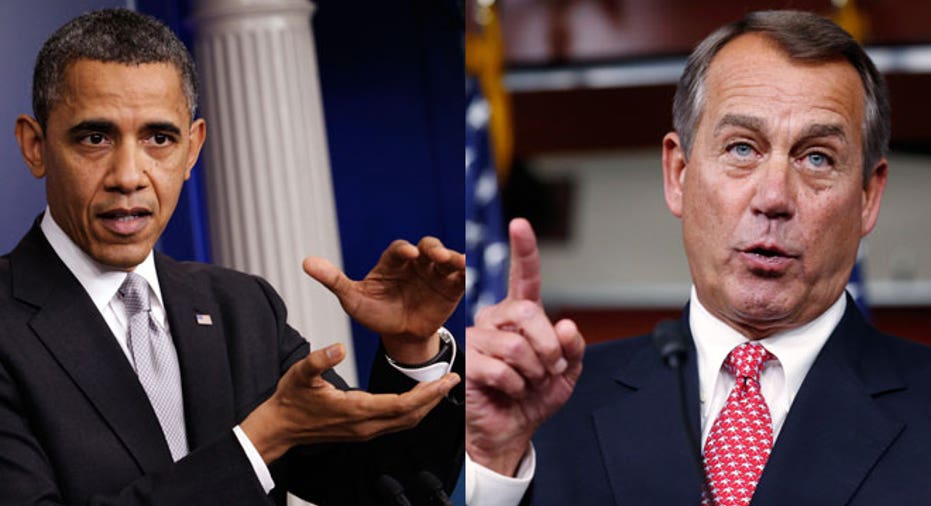How the Fiscal Cliff May Impact 401(k) Contributions

As the time continues to tick down and we rush forward to the edge of the fiscal cliff, Republicans and Democrats are negotiating to reduce our nation’s budget and control future spending.
President Obama signed the Budget Control Act of 2011 which increased the debt ceiling and stipulated that government cut spending by $917 billion over 10 years. If Congress can’t agree on a plan by the end of year, automatic tax hikes will go into effect and Medicare and other programs will be sliced.
The Bipartisan Policy Center’s Debt Reduction Task Force has one way to help fix the deficit: reduce 401(k) contributions by 64% using a 20/20 Cap. Under the 20/20 Cap, contributions would be limited to the lesser of 20% of pay or $20,000 a year. All those pretax dollars designated for retirement will now be taxable income and Treasury will fill with additional tax revenues.
According to Brett Goldstein, director of retirement planning at American Investment Planners in Jericho, N.Y., “The decrease in 401(k) contributions would mean that middle class Americans would lose a valuable deduction and might even send some Americans into a higher tax bracket.” A single employee who earns $60,000 per year can contribute $17,500 to a 401(k) in 2013.
After taking the personal exemption and the standard deduction, the single employee would be in the 15% federal tax bracket. Under the 20/20 Cap, assuming the 401(k) has a 4% match, the same single employee earning $60,000 per year would be limited to a $9,600 401(k) contribution and will now be in the 25% federal tax bracket paying $1,700 more in taxes.
“With a 64% reduction in contributions, many small businesses may terminate their plans--forcing employees to save money on their own.” Goldstein states. After all, why pay plan fees and other administrative costs if the amount of income that can be deferred is reduced to basically the amount of an IRA contribution?
In fact, The American Society of Pension Professionals and Actuaries (ASPPA) has launched www.Savemy401k.com, a grass roots campaign aimed at educating the public and encouraging them to contact their Congressional representatives to advocate against this idea.
Other news on Retirement plans: The Internal Revenue Service plans to audit IRA accounts belonging to taxpayers who have reached the age of 70 ½, the benchmark for taking a Required Minimum Distribution (RMD). According to Goldstein, a recent survey shows that most seniors do not take their RMD. The penalty for failing to timely take an RMD is severe – the amount of the RMD is taxed at 50%. The penalty can be waived for reasonable cause.
The RMD rules apply to all employer sponsored retirement plans, including: profit-sharing plans, 401(k) plans, 403(b) plans, and 457(b) plans. The RMD rules also apply to traditional IRAs and IRA-based plans such as SEPs, SARSEPs, and SIMPLE IRAs.
The RMD rules also apply to Roth 401(k) accounts. However, the RMD rules do not apply to Roth IRAs while the owner is alive.
An account owner must take the first RMD for the year in which he or she turns 70 ½. However, the first RMD payment can be delayed until April 1 of the year following the year in which he or she turns 70 ½. For all subsequent years, including the year in which the first RMD was paid by April 1st, the account owner must take the RMD by Dec. 31 of the year.
Bonnie Lee is an Enrolled Agent admitted to practice and representing taxpayers in all fifty states at all levels within the Internal Revenue Service. She is the owner of Taxpertise in Sonoma, CA and the author of Entrepreneur Press book, “Taxpertise, The Complete Book of Dirty Little Secrets and Hidden Deductions for Small Business that the IRS Doesn't Want You to Know.” Follow Bonnie Lee on Twitter at BLTaxpertise and at Facebook.